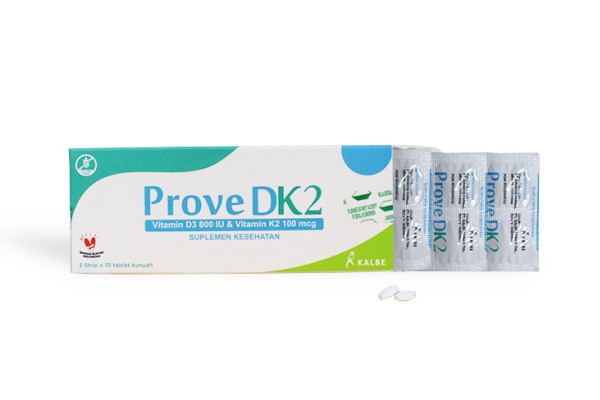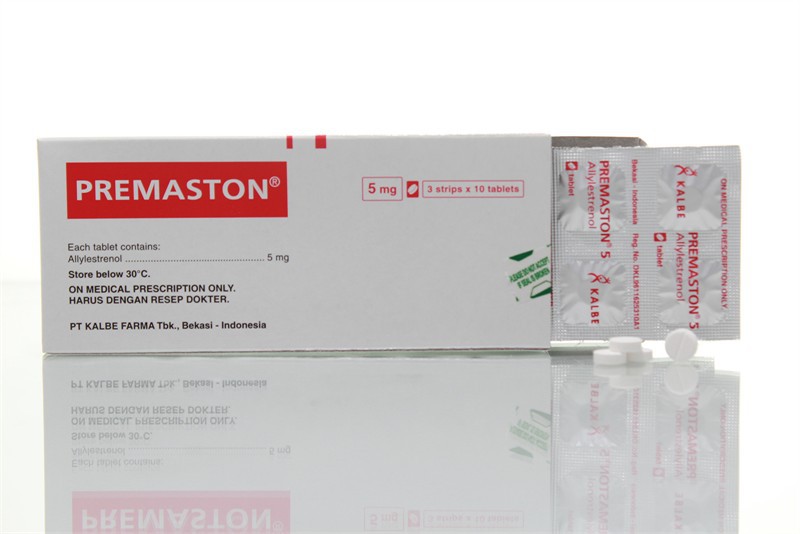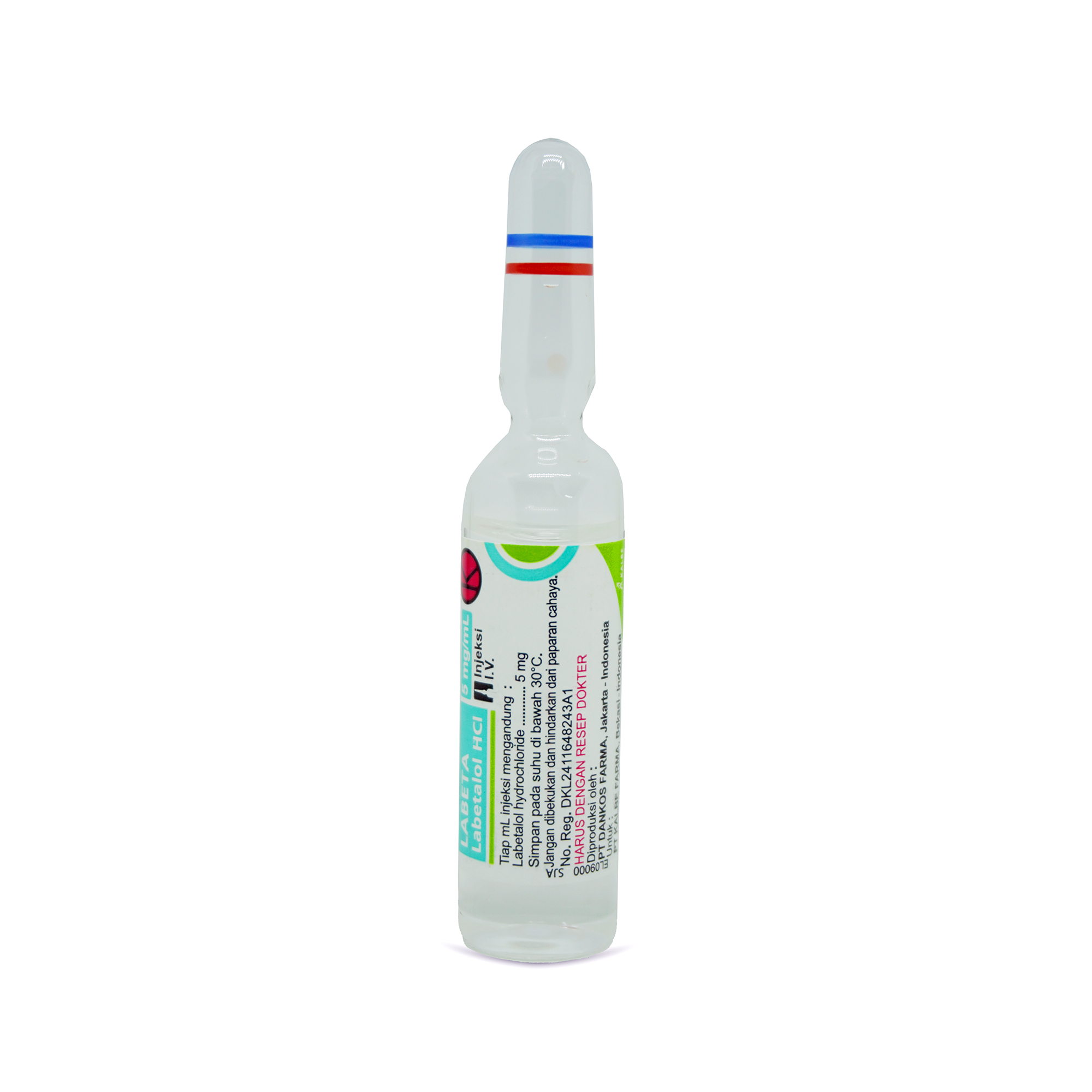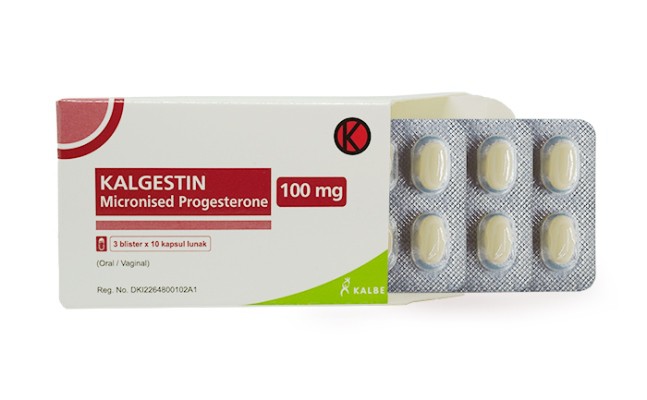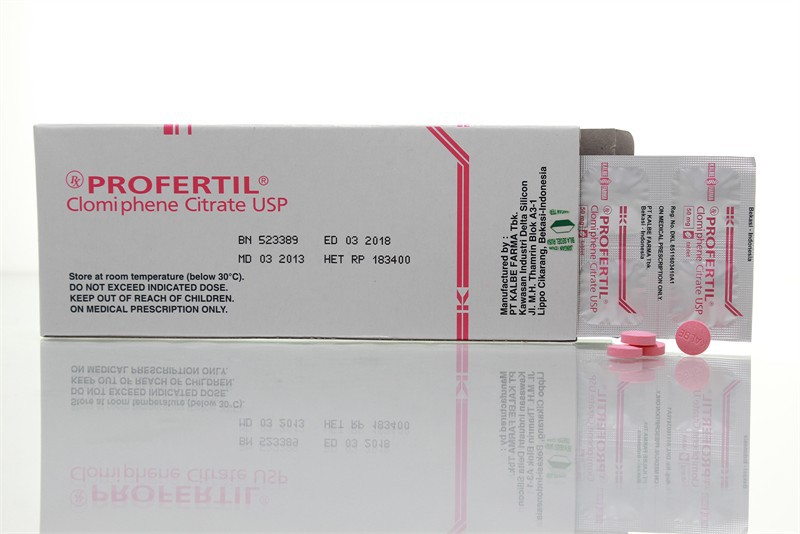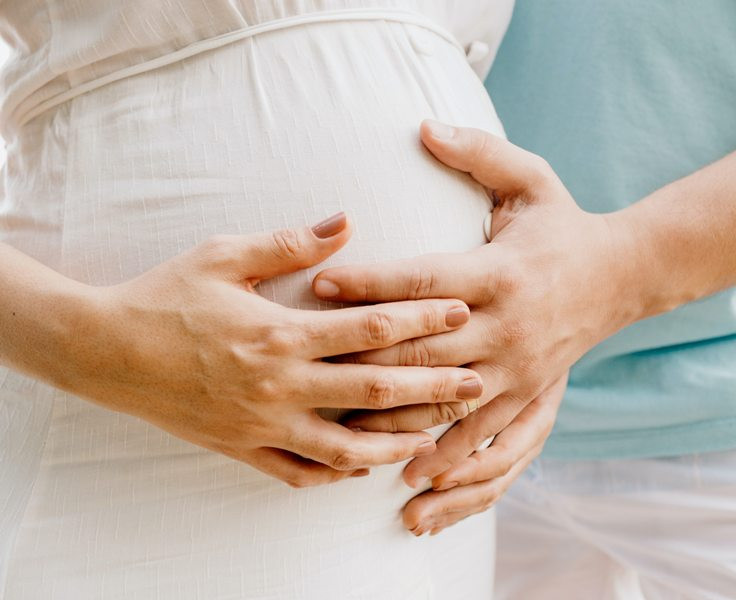
Vitamin D mengatur gen target utama yang terkait dengan implantasi dan invasi trofoblas, serta memainkan peran penting dalam menginduksi respons imun T-helper 2-dominated yang sangat penting untuk keberhasilan kehamilan. Selain itu, vitamin D memiliki efek modulasi kekebalan dan anti-inflamasi yang penting untuk mencegah invasi mikroba ke intrauterin.
Diperkirakan 18%-74% wanita hamil di dunia mengalami defisiensi vitamin D (kadar 25(OHD) dalam darah <30 ng/mL), dan 99,6% wanita hamil pada trimester 1 di Jakarta mengalami defisiensi dan insufisiensi vitamin D. Defisiensi vitamin D pada ibu hamil berhubungan dengan hasil kehamilan yang buruk, seperti persalinan prematur, preeklamsia, diabetes gestasional, dan pertumbuhan janin yang terhambat.
Institute of Medicine Report tahun 2010, suplemen harian vitamin D yang direkomendasikan selama kehamilan adalah 600 IU, namun dosis ini mungkin tidak cukup untuk menjaga kecukupan vitamin D wanita hamil. Penelitian terbaru menunjukkan bahwa wanita hamil harus mengonsumsi 4.000 IU/hari vitamin D3 mulai usia kehamilan 12-16 minggu untuk mencapai sufisiensi kadar vitamin D. The Endocrine Society Clinical Practice Guideline merekomendasikan pengobatan defisiensi vitamin D pada orang dewasa dengan 50.000 IU vitamin D3 seminggu sekali selama 8 minggu, atau dosis harian setara 6.000 IU vitamin D3 untuk mencapai kadar 25(OH)D dalam darah di atas 30 ng/mL.
Sebuah randomized controlled trial (RCT) yang dilakukan Syafitri, et al, (2024) mengevaluasi efek pemberian vitamin D3 yang berbeda pada konsentrasi metabolit vitamin D pada ibu hamil dengan usia kehamilan ≤14 minggu dengan defisiensi vitamin D atau insufisiensi ((25(OH)D <30 ng/mL). Kelompok intervensi secara acak diberikan dosis 5.000 IU vitamin D3 setiap hari atau 50.000 IU setiap minggu.
Pada kelompok 50.000, kadar 25(OH)D meningkat secara signifikan dari 15,3 ± 4,7 ng/mL hingga 26,9 ± 6,1 ng/mL (p <0,001) dan 34,6% subjek mencapai angka kecukupan vitamin D. Sedangkan pada pemberian 5.000 IU vitamin D, kadar 25(OH)D juga meningkat secara signifikan dari 14,5 ± 4,3 ng/mL menjadi 27,9 ± 9,3 ng/mL (p <0,001) dan 23,1% subjek mencapai angka kecukupan vitamin D. Kedua kelompok menunjukkan tren peningkatan secara total kadar 25(OH)D namun peningkatan semua vitamin D metabolit tidak berbeda secara signifikan antara kedua kelompok.
Kesimpulan:
Dari penelitian ini didapatkan bahwa pemberian vitamin D3 dosis 50.000 IU setiap minggu sama efektif dan amannya dengan pemberian vitamin D 5.000 IU setiap hari dalam meningkatkan kadar vitamin D pada ibu hamil dengan defisiensi atau insufisiensi kadar vitamin D.
Gambar: Ilustrasi (Sumber: Jonathan Borba-Pexels)
Referensi:
Syafitri I, Irwinda R, Saroyo Y, Purwosunu Y, Wibowo N. Maternal concentrations of vitamin D metabolites in response to high-dose oral vitamin D during first-trimester pregnancy: A randomized controlled trial. Res Squ [Internet]. 2024. Available from: https://ouci.dntb.gov.ua/en/works/735GYxXl/.











